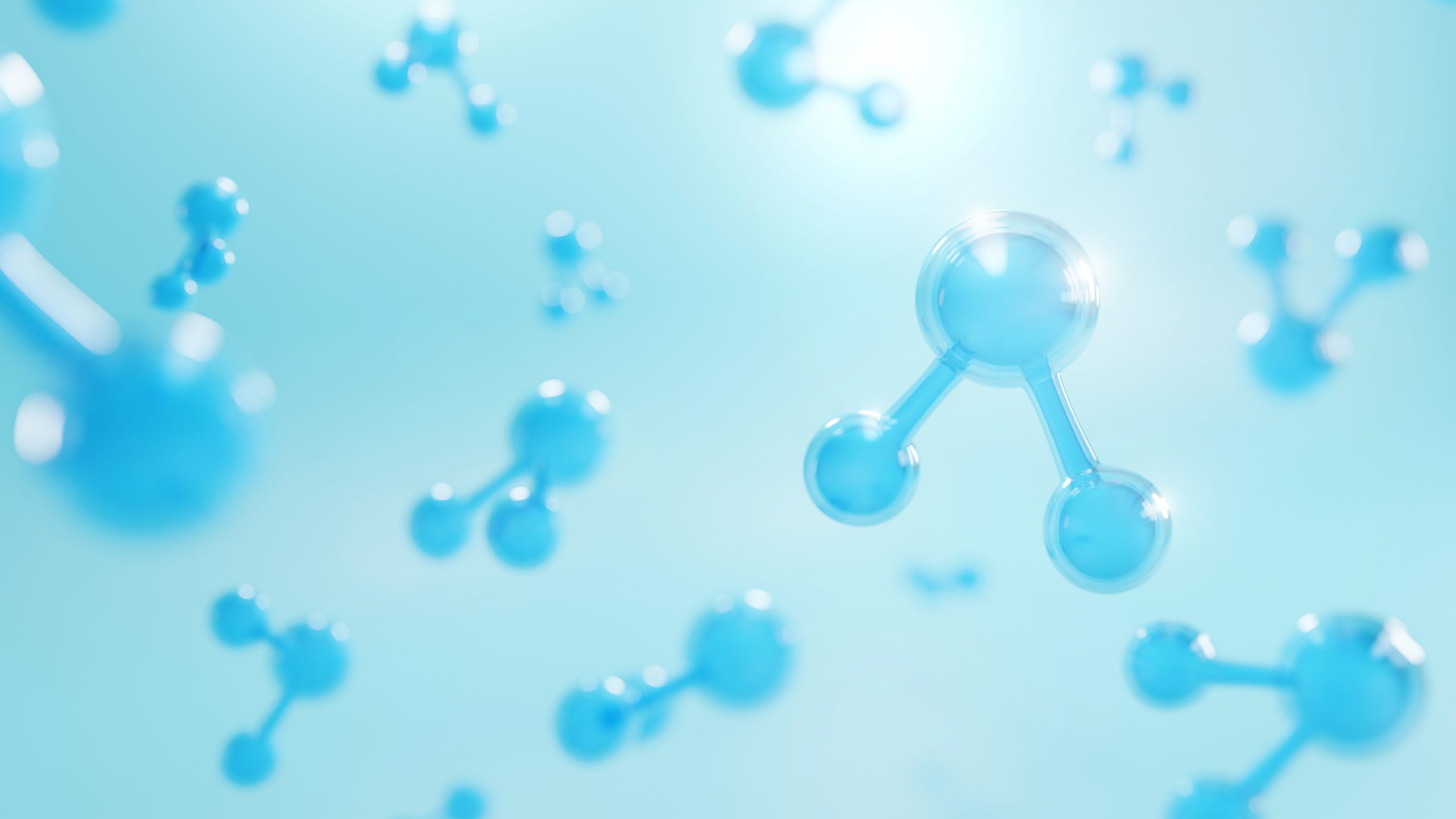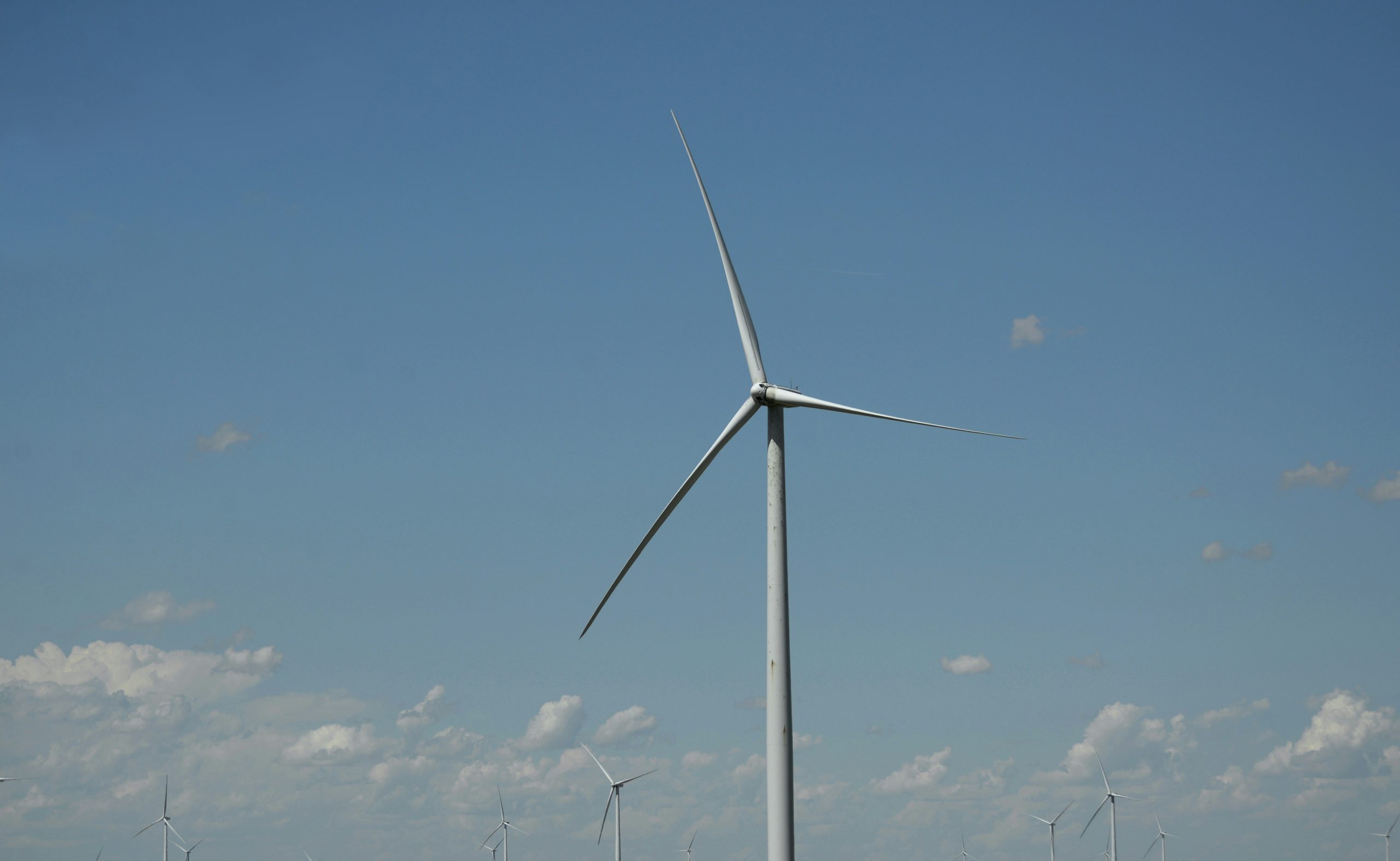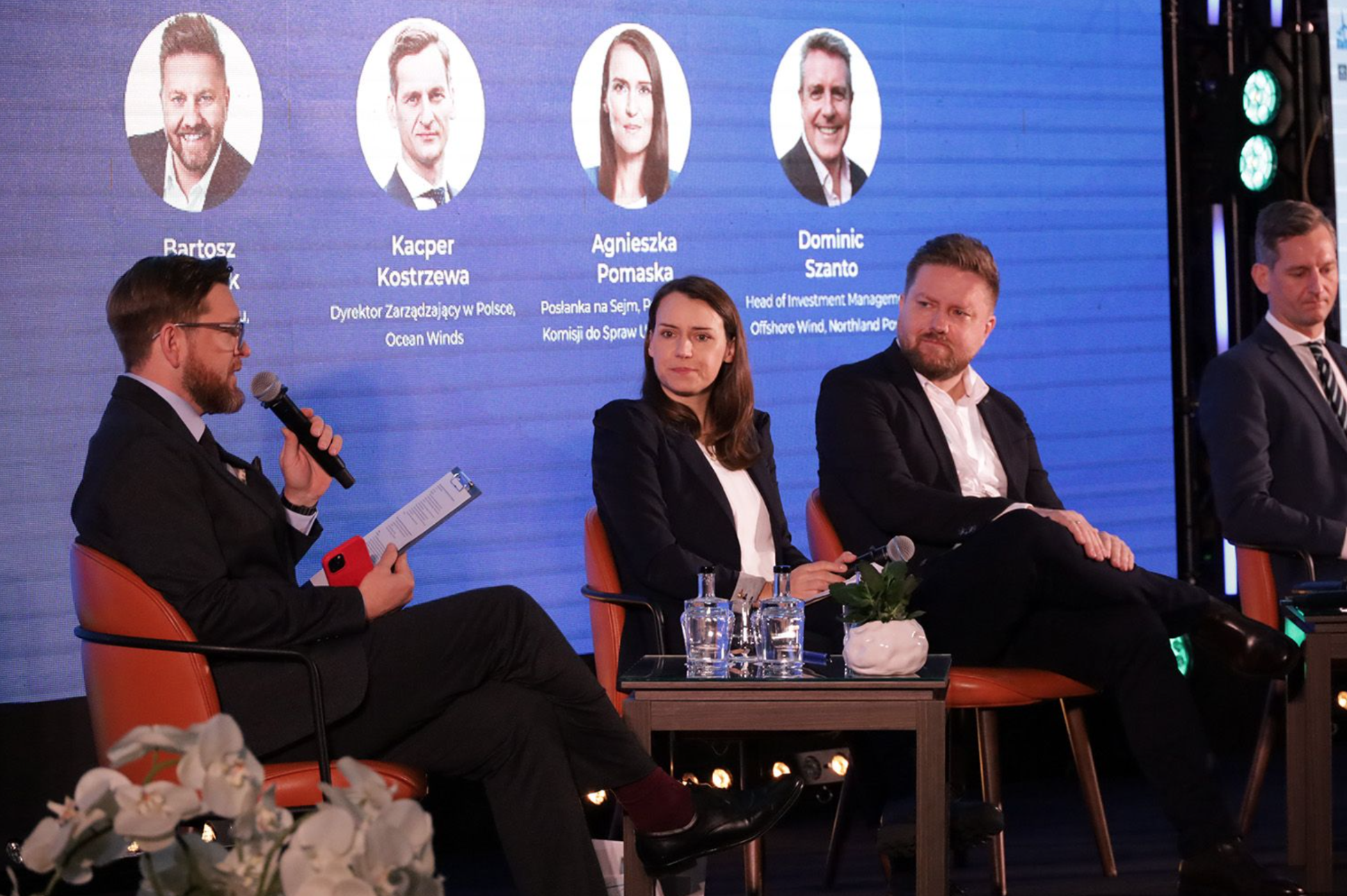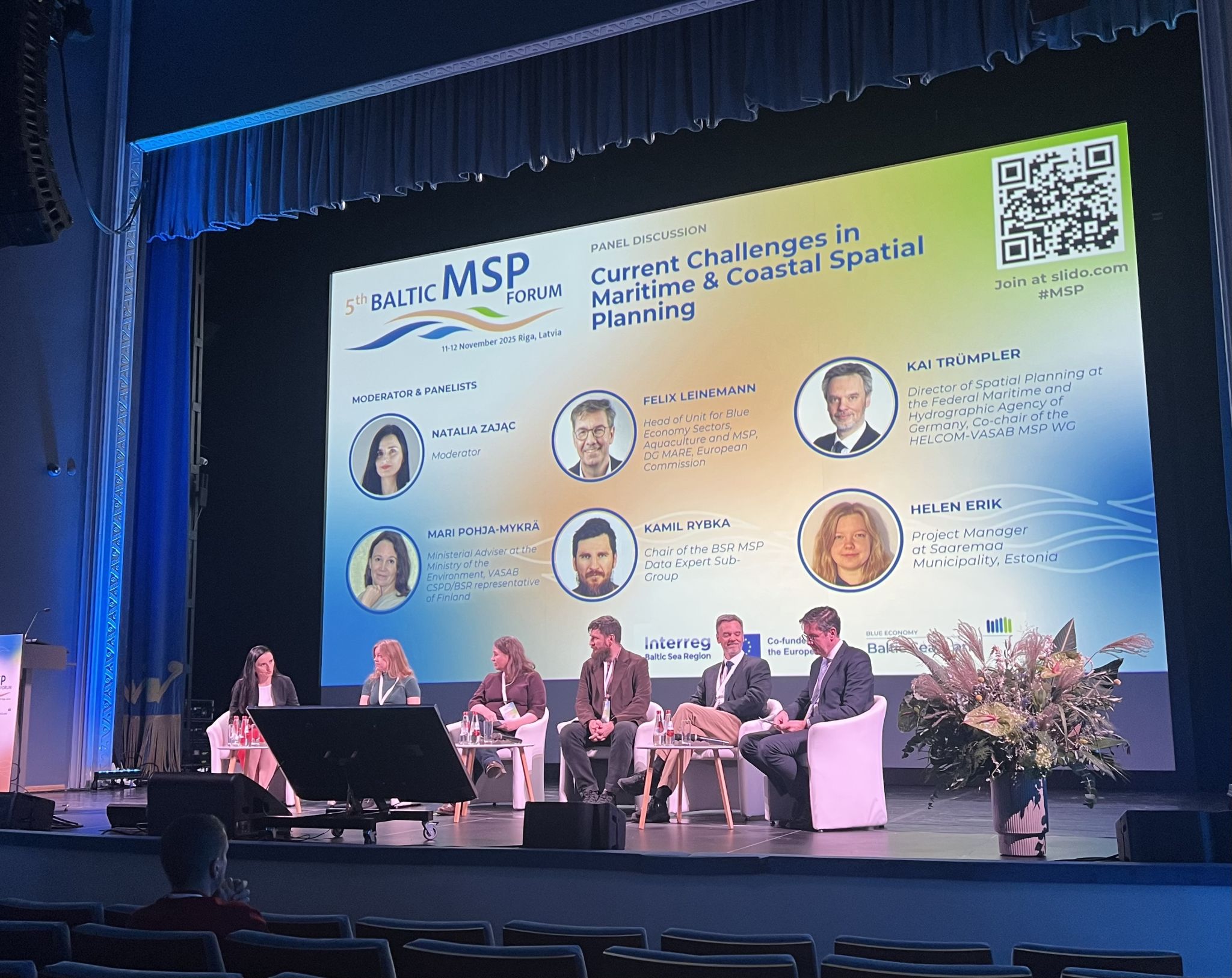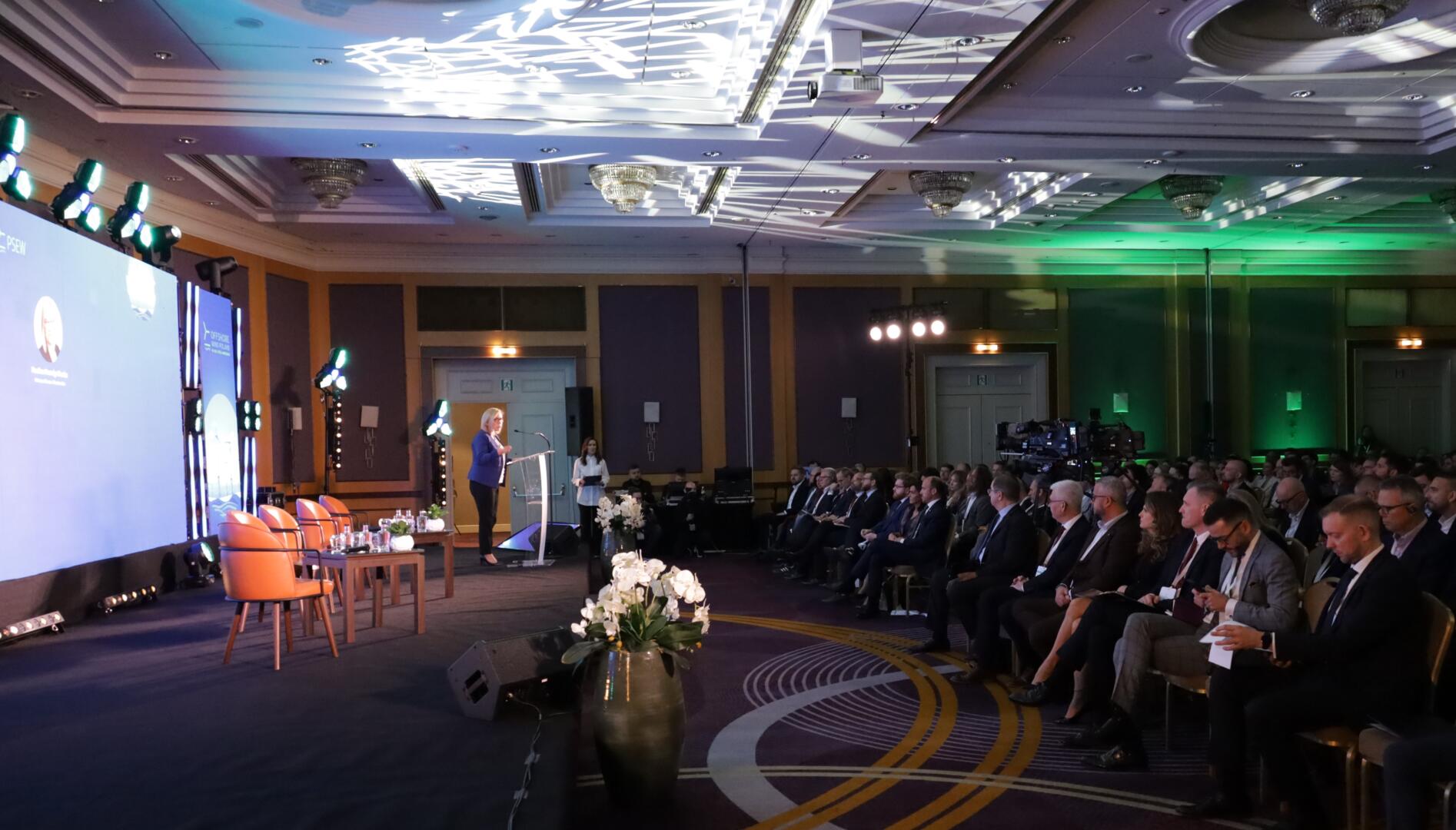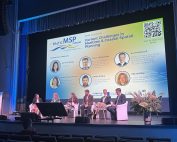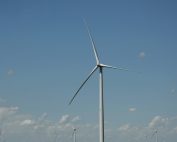Bremerhaven – Senator Dr. Claudia Schilling and Lord Mayor Melf Grantz performed the symbolic ground-breaking for the Hydrogen Lab Bremerhaven (HLB). The HLB is being funded with a total of €16 million from the European Regional Development Fund (ERDF) and the State of Bremen and should be completed in 2023.
Energy system of today and tomorrow
The focus of the research activities at the Hydrogen Lab Bremerhaven is on the interaction between wind turbines and electrolytic hydrogen production. Once complete, Fraunhofer IWES will offer a highly innovative test infrastructure with which scientists can test the interaction between a wind turbine and electrolyzer on a real scale among other things. The deep, cross-sector integration of electrolysis (e.g., through the use of by-products) as well as the use of reconversion technologies for microgrid- and grid-supporting applications is also part of the scientific work being performed in Bremerhaven.
How hydrogen works in Bremerhaven
With the Hydrogen Lab Bremerhaven, Fraunhofer IWES is advancing the integration of hydrogen technologies into the energy and economic system at both a national and an international level as well as accelerating the production of green hydrogen.
“The Hydrogen Lab Bremerhaven will play a key role in Bremerhaven’s development into a test region for hydrogen applications and make a significant contribution to the energy transition,” explained Dr. Claudia Schilling, Senator for Science and Ports. “With the test field, we are implementing the development of a specific hydrogen infrastructure on a larger scale for the very first time. It is intended to be the starting point for a local hydrogen economy.”
Melf Grantz, Lord Mayor of Bremerhaven, said: “The Hydrogen Lab Bremerhaven will make the integration of the production, storage, and use of hydrogen for the development of a local hydrogen economy possible. For us in Bremerhaven, this will establish a central pillar for a sustainable energy future. The highly innovative research facility will contribute fundamentally to Bremerhaven’s development into a new knowledge hub for a sustainable hydrogen economy.” Wind energy allows production of emission-free hydrogen by means of electrolysis. However, the direct onshore and offshore production of green hydrogen also holds great potential for increasing the supply security in decentralized power grids. “The HLB will accelerate the urgently needed market ramp-up of hydrogen technologies and lay the foundations for future-oriented production of hydrogen from wind energy. The connection of the HLB to the medium-voltage grid of the Dynamic Nacelle Testing Laboratory (DyNaLab) in the direct vicinity will make it possible to test the compatibility with the power grid directly,” added Dr.-Ing. Sylvia Schattauer, Acting Director of Fraunhofer IWES.
Hydrogen Lab Bremerhaven
The early start of measures was granted in September 2022. Following a short set-up time, the first construction measures got underway and construction proceeded rapidly and steadily.
“We are currently on schedule. The preparatory measures (civil engineering, cable route construction, etc.) should be sufficiently completed by the end of the year so that delivery of the large components can begin in January. The first containers for the transformers and the control room will already be installed in early December. The majority of the main components (electrolyzers, fuel cell, combined heat and power (CHP) unit, storage tanks, compressors) are set to be delivered and successively installed in the spring. We assume that the commissioning of the respective components can then take place by the summer,” said Kevin Schalk, Group Leader Hydrogen Lab Bremerhaven at Fraunhofer IWES, explaining the current construction progress.
The final handover of the test field by the general contractor Wenger Engineering is planned for late summer 2023. In parallel to the construction measures, preparations are already underway at Fraunhofer IWES for follow-up projects such as the H2Mare flagship project and the SeaEly project.
Source: Fraunhofer Institute for Wind Energy Systems
